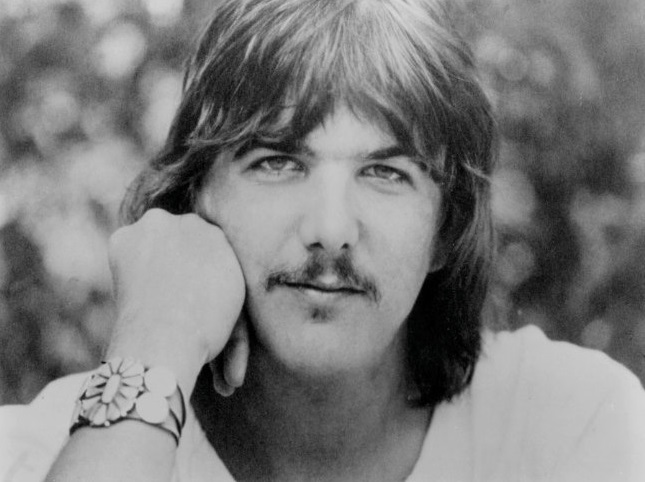Part Hank Williams and part Spinal Tap, fifty years after his death, Gram Parsons’ influence on popular music can be heard every day.
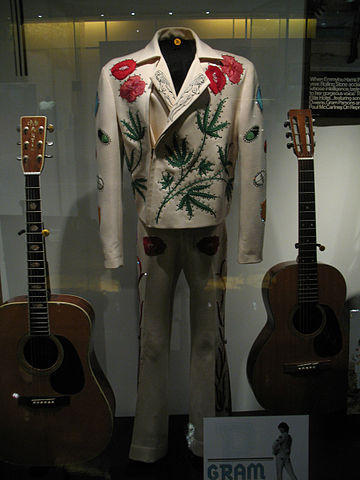
Whatever discipline that drove Parsons and Hillman to compose the music that appeared on their first album completely disappeared once they had to perform live. Most observers of their early LA club dates described them as under rehearsed, sloppy and with some members, frequently Gram, under the influence. The band did themselves no favors when they appeared at the Whiskey, performing so poorly that the upper echelon of A and M walked out in disgust in the middle of the Burrito’s performance.
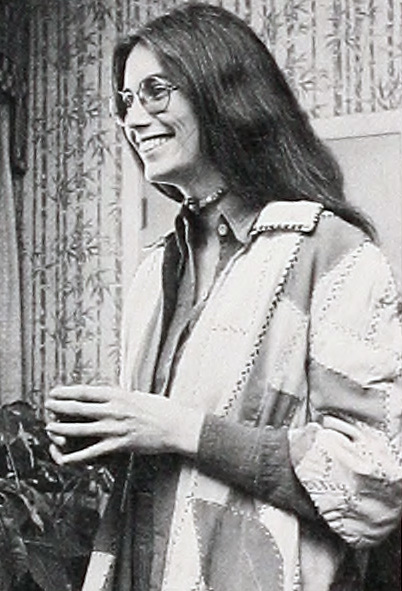
For his first solo album, he came up with the idea of hiring Elvis Presley’s Las Vegas backing band, which he did, paying musicians like Glen D. Hardin and James Burton out of his own pocket when Warner Brothers refused their steep rates. Much of the record consists of duets with Emmylou Harris. With rehearsals taking place at Phil Kaufman’s house, a surreal place furnished with strange antiques and vintage junk, the process was predictably slow moving. Eventually, Gram got it together and got the album recorded. Called “GP” with a cover photo of Gram sitting in the lobby of the Chateau Marmont, the album’s release prompted kind words from the critics but not much of a popular reaction.
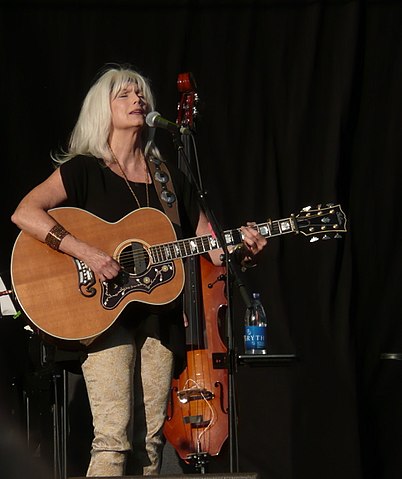
Gram couldn’t afford the Elvis musicians for the tour and the assembled band was so weak that the lead guitar player was fired after only one show. Kaufman frequently had to separate the two, husband and wife sitting as far away as possible. But there were high points; Jock Bartley, who eventually became part of the successful group Firefall was a competent replacement. In Houston, EmmyLou Harris met and performed with Linda Ronstadt for the first time. On Long Island, a performance on radio station WLIR was eventually released in 1983 as a live album of great quality that holds up well almost fifty years later. But it was the same story for the solo album, positive reviews but lackluster sales.
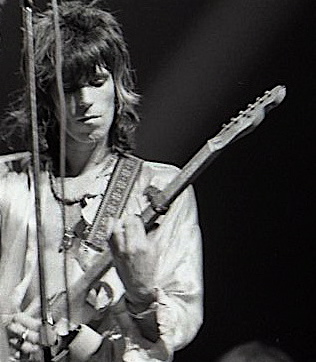
Whatever interest Gram had in his own music was completely undermined by acting practically as a groupie around the Stones. When he began to emulate the Stones onstage in both wardrobe and theatrics, it especially irritated Chris Hillman. Mick Jagger also began to see Parsons as a detriment, another distraction that kept Keith Richards from focusing on the business of music.
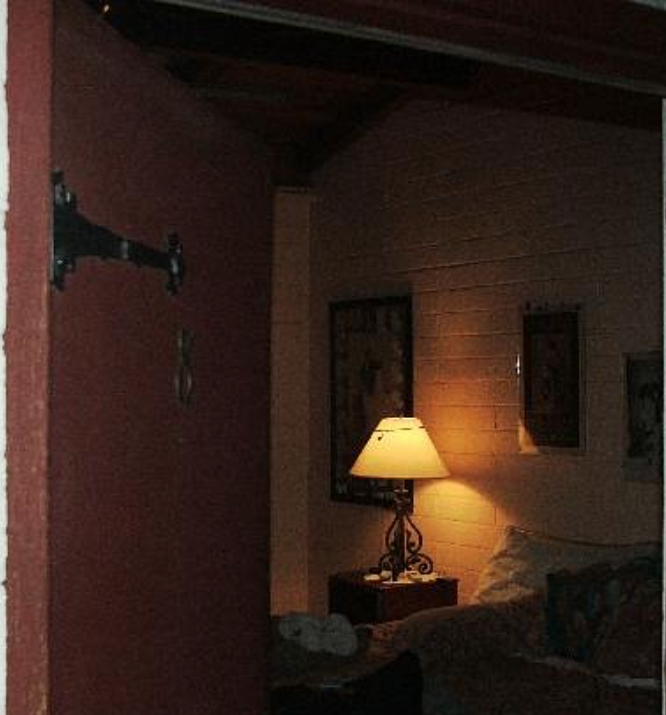
Podcast: Play in new window | Download
Subscribe: RSS

